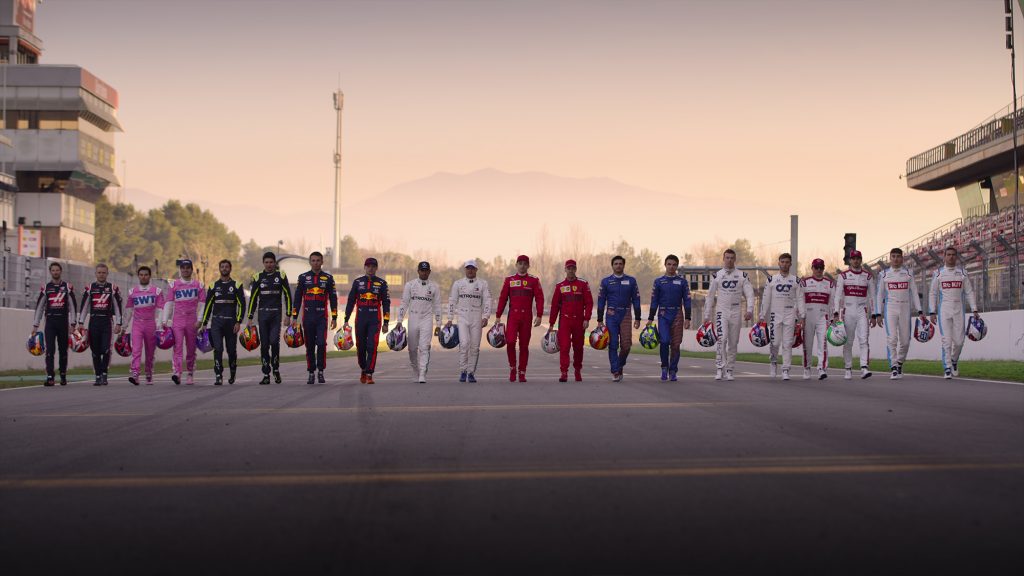It has grabbed the attention of both fans of Formula One and the general public, but in recent episodes of the Netflix series, ‘Drive to Survive’ the context of the stories seems to have been ignored purely.
The series made its Netflix debut back in 2018 and the fourth season will air ahead of the 2022 season, showcasing the biggest moments from the current season, with the Lewis Hamilton vs Max Verstappen Championship battle expected to be one of the main focuses.
For me. the standout moment of the series so far is the horrific incident involving Haas driver Romain Grosjean in Bahrain last season.
The French driver crashed heavily into the barries at turn three and the car split in half going through the barrier.
Luckily for the podium sitter, he managed to escape the car within 28 seconds, despite being engulfed in flames. This moment was shown on Channel 4’s Gogglebox and brought Drive to Survive into a new light, with a brand new audience seeing the dangers of motorsport.
However, the way Netflix portrayed this story was for me, a little insensitive. Luckily, Grosjean escaped with only hand injuries which have been manageable. He is currently in the United States of America, racing in the Indycar car series.
Drive to Survive made it feel like Grosjean was engulfed in flames for several minutes and that the unlikely escape was virtually impossible. This was the point that I felt Drive to Survive went from an F1 documentary series to a fictional drama series, with cliffhangers and tension leading up to the inevitable heroic escape.
For ‘traditional’ fans of Formula One, Drive to Survive has become more of a frustration to watch, rather than an enjoyable TV show.
It does give a very good insight into the behind-the-scenes world of the sport, but with the primary aim of entertainment, the show takes the reality and expands it as much as they legally can.
Could a realistic Drive to Survive bring a new audience in? Probably not. The show has become a success because of how it shows the characters of the sport, i.e the drivers, and paints them in either a heroic or villain picture.
Without a ‘story’ the audience would quickly switch off, but the success of the United States Grand Prix in terms of an audience shows there is an appetite for the show, regardless of its portrayal of the ‘pinnacle of motorsport’.

